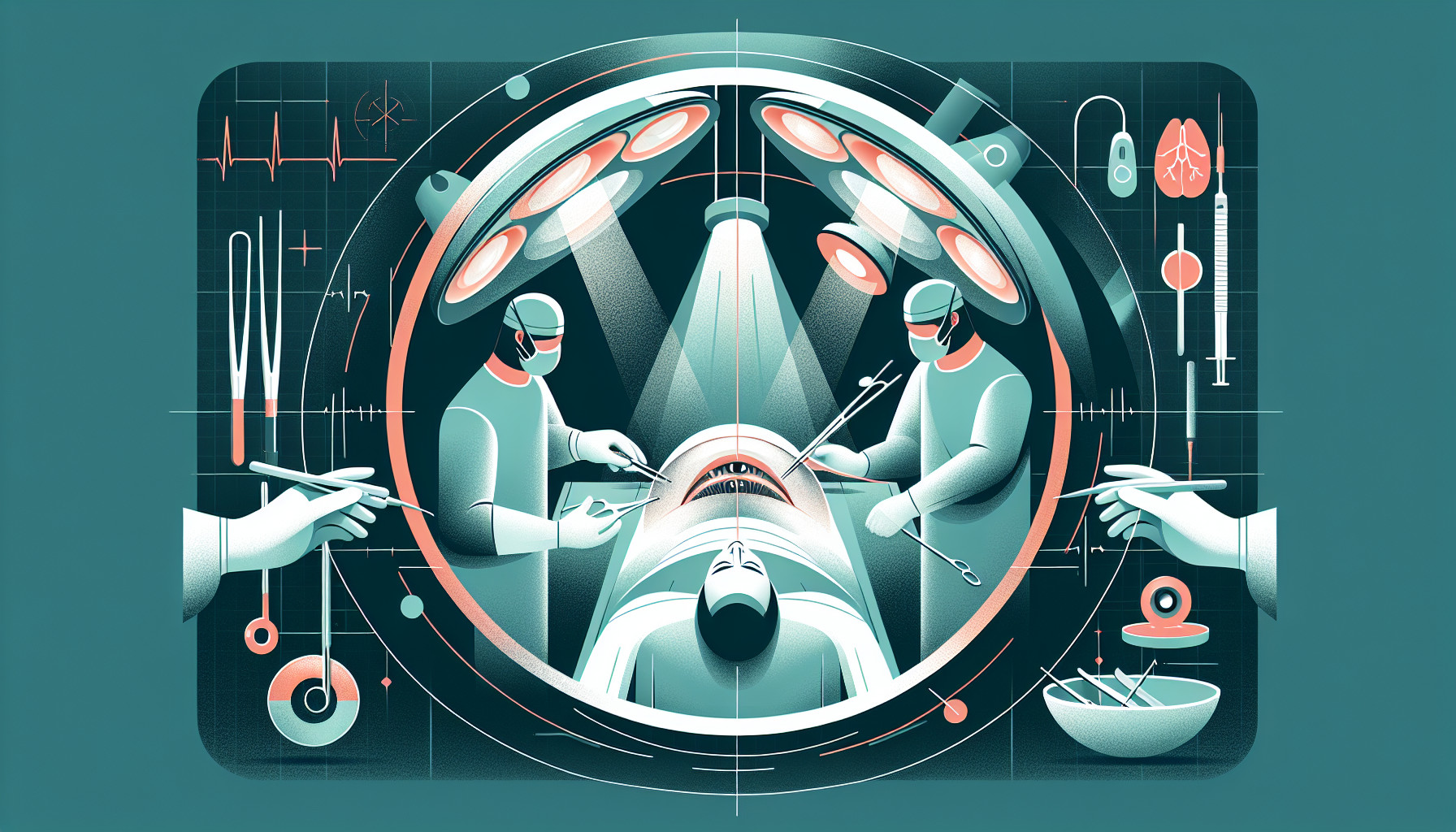Our Summary
This research paper is about a specific type of cataract surgery called intumescent cataract surgery, which is a key area of study in eye health. The paper discusses different ways to diagnose this type of cataract, which involves the lens of the eye swelling up. The paper also explores the structural features of a swelling lens. The two surgical methods discussed in the paper, one using a manual technique and the other using a femtolaser (a type of laser used in eye surgery), both require more research. The paper suggests that these techniques need to be improved and further studied.
FAQs
- What is intumescent cataract surgery?
- What are the methods of diagnosing intumescent cataract?
- What is the role of femtolaser in intumescent cataract surgery?
Doctor’s Tip
A helpful tip that a doctor might tell a patient about cataract surgery is to follow all pre-operative instructions provided by the surgeon, including any medication schedules and fasting requirements. It is important to communicate any concerns or questions with the medical team before the surgery to ensure a successful outcome. After the surgery, it is important to follow all post-operative care instructions, including medication schedules, eye drop usage, and follow-up appointments to monitor healing progress. It is also important to protect the eyes from any trauma or strain during the recovery period to promote optimal healing.
Suitable For
Cataract surgery is typically recommended for patients who are experiencing vision problems due to the clouding of the lens in the eye. Some common reasons for recommending cataract surgery include:
- Blurred vision that is affecting daily activities such as reading or driving
- Difficulty seeing at night or in low light conditions
- Glare or halos around lights
- Double vision in one eye
- Changes in color vision
- Difficulty distinguishing shapes and objects
It is important for patients to consult with their ophthalmologist to determine if cataract surgery is the best option for improving their vision. In some cases, the progression of cataracts may be monitored and surgery may not be immediately necessary.
Timeline
Before cataract surgery:
- Patient experiences worsening vision, blurriness, glare, and difficulty with daily activities.
- Patient visits an ophthalmologist for a comprehensive eye exam.
- Ophthalmologist diagnoses cataracts and discusses treatment options.
- Patient undergoes pre-operative testing and measurements for the surgery.
After cataract surgery:
- Patient is scheduled for the surgery and instructed on pre-operative preparations.
- Patient undergoes cataract surgery, which can be done manually or with the assistance of femtolaser technology.
- Post-operative care includes eye drops, rest, and follow-up visits with the ophthalmologist.
- Patient experiences improved vision, reduced glare, and better quality of life after the surgery.
What to Ask Your Doctor
Some questions a patient should ask their doctor about cataract surgery may include:
- What is the success rate of cataract surgery in general and specifically for my type of cataract?
- What are the risks and potential complications associated with cataract surgery?
- What type of cataract surgery technique will be used in my case (manual or femtolaser-assisted) and why?
- How long is the recovery period after cataract surgery and what can I expect during this time?
- Will I need to wear glasses or contact lenses after cataract surgery?
- How soon after surgery will I be able to resume normal activities, such as driving or exercising?
- Will I need any special post-operative care or follow-up appointments?
- Are there any alternative treatments to cataract surgery that I should consider?
- What is the cost of cataract surgery and will it be covered by my insurance?
- Can you provide me with any patient testimonials or references from previous cataract surgery patients?
Reference
Authors: Pirogova ES, Fabrikantov OL, Nikolashin SI. Journal: Vestn Oftalmol. 2018;134(2):98-103. doi: 10.17116/oftalma2018134298-103. PMID: 29771892
